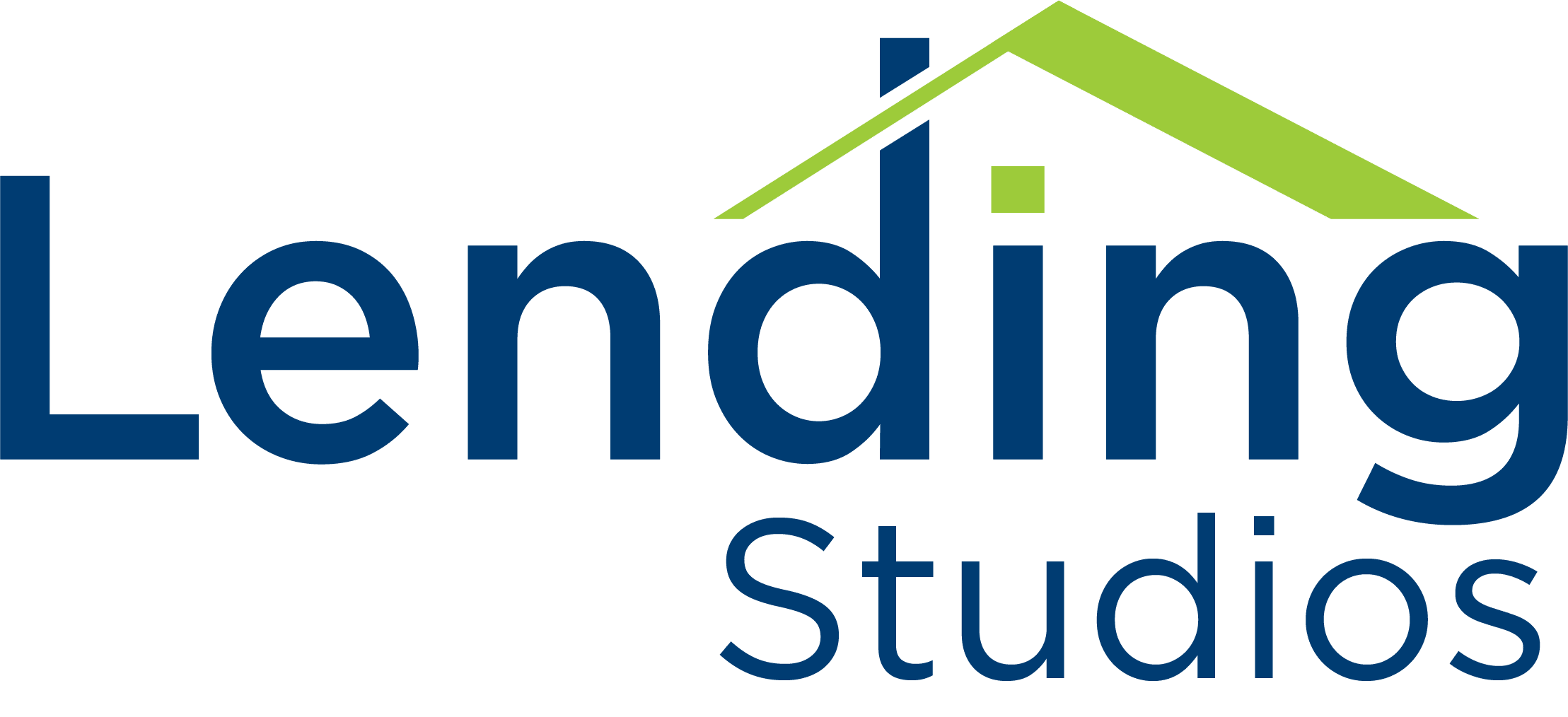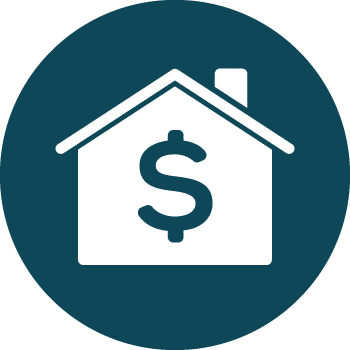The opportunity to refinance is exciting. It means you’ll be saving money on your home, lowering your cost of living and freeing up more of your money for other things in your life, whether you save money in the long term or the short term. That being said, refinancing can also be a confusing and frustrating field to navigate. Researching your options can be confusing and hard to understand. There are multiple resources available, but they can contradict each other and make you feel as if they’re challenging the level of understanding you already have.
It can be daunting trying to find where to begin your refinance process, but that’s why Lending Studios is here to help. We have a selection of resources ranging from calculators to articles that are designed to help you make sense of the jargon and find the right solution for you and your financial needs.
Indeed, one of the most important skills you’ll need to develop when beginning your refinancing journey is the ability to compare refinance rates with ease. Comparing refinance rates can, at times, be the most difficult part of the process and the last thing you need when pursuing a refinance is a bout of over analysis paralysis. That’s why we’ve created the definitive guide to comparing refinance rates so you can feel confident in your final decision.
Start With Outlining Your Goals
Your goals for refinancing should be the first thing on your mind when you start comparing your rates. It’s not enough to simply want to refinance. You’ll need to have an idea of what you mean to achieve through this process. We’re always exploring the benefits of refinancing, as there are many. You should pin-point which of those benefits you intend to target. Once you have a goal in mind, you’ll be able to more closely match loan terms and rates to your actual, real life goals. For example, if you’re looking to lower your monthly mortgage payment, you’ll be looking for a longer loan term with a better interest rate if you can find it. If you’re looking to tap into your home equity, you’ll need to find a low interest rate on a shorter term loan so that you can quickly regain your equity while still having access to the cash you need now.
In other words, have a strategy in place before you begin your search.

Ready For a Lower Monthly Payment?

Start Thinking About Your Credit & Debt ASAP
One of the biggest obstacles to a good interest rate is debt-to-income ratio and your credit score. Luckily, those are both things that you can actually do something about once you set your mind to it. Here at the Lending Studios, we have a wide selection of resources that you can utilize to start targeting your credit and debt-to-income ratio today, rather than tomorrow.
Beyond what we can offer, there are a number of things that you can start to do in order to get your credit score in better shape. We recommend starting by ensuring that none of your credit cards ever carry a balance again. Pay off every credit card before it becomes due, and don’t put too many charges on at once. Your credit score is calculated by a number of factors, one of them is the percentage of your available credit that you’re currently using. For example, if you have a credit card that has a limit of $500 a month available and you use $495 of that every single month, regardless of if you’re paying it on time or not, it’s stopping your credit score from improving. Strike a balance between how much debt you’re accruing and how fast you’re paying it off to ensure the best results.
Once you’ve got that organized, you’ll be in good shape to get a better rate simply because you’re paying your bills on time and managing your debt responsibly. That’s all a lender is looking for anyway.
Browse Current Rates
No two lending options are alike and no two refinance offers are alike either. Don’t put your eggs all in one basket, browse lenders liberally. If you’re not sure where to start, it’s best to begin by talking to family and friends. See if they have any lenders they’ve worked with that they’re particularly fond of. Like your current lender? By all means, get a quote from them, but don’t feel as if you’re locked in because they’re your original lenders. They may make an argument that it’s more convenient and they can draw up the paperwork faster, but that’s not necessarily true. Plus, you’ll want to go with the rate that is better for you, not for the lender that’s trying to court you. Be sure to look up their reviews on multiple platforms, but don’t be entirely deterred when you read one bad review. Take the person’s experience into account and keep things in perspective, there are a million reasons why someone would give a bad review that might not pertain to you.
In order to get a lender that’s right for you, you’ll have to weigh multiple options. So don’t limit yourself right out the gate in any way. Get multiple quotes so you can judge based on merits and downsides alike without any filtration on your views.


Terms Are Everything
After you’ve narrowed down your list and received several quotes, it’s time to look at the fine print. Pick your top three favorite lenders so far and pursue a “loan estimate,” from each. This is a written document that provides you with the details you need to know about the future loan term and what your refinance will look like. These details will be things like the estimated interest rate, your monthly payment and how much the refinance will cost when going through their lending firm. These official loan statements are only valid for 10 business days, so you’ll need to determine in a timely fashion what you intend to do and which lender you think best suits your needs. If you don’t you’ll have to restart the process to get another quote and the figures may change the second time around.
The loan estimate document will be produced after the lender does a pull on your credit which will make your score dip. Therefore, it’s important to be confident about your top three choices before you proceed as those could hurt your credit score if you do them too often. In fact, you should keep your rate shopping down to a 30 day period because that’s how long it will take for any hard credit pulls to show up on your FICO score.
The main loan terms that you’ll need to pay the most attention to are:
Fees
Interest Rate
Cash to Close
Points
Weird Loan Terms
Primary Loan Terms

Fees

Interest Rate

Cash To Close

Points

Weird Loan Terms
Missed the 15-Year Mortgage Perks Originally?
15 Year Cons
Higher Monthly Payments
Less Affordable
Less Goes Into Savings
Tighter Payment Margins
15-Year Refinancing
If you already have a mortgage, not all is lost. You could still take advantage of the many pros that come from a 15-year mortgage through refinancing. This is especially true if you initially got stuck with an adjustable rate mortgage that you’re looking to make a little more secure. After all, the ultimate goal of a refinance is to make an existing mortgage more desirable.
Indeed, it’s not too late to make your own mortgage more desirable and easier to manage through a 15-year refinance. You’ll be able to enjoy all of the perks of the 15-year mortgage, but without having to invest in a new property and open up a brand new loan with no home equity.
Refinancing is an excellent option for:
- Folks with an adjustable rate mortgage
- High interest loans
- A mortgage that has more than 15-years left.
- Interest only loans
Take back your financial situation. Make your mortgage into what you want. Visit lendingstudios.com today to learn more about 15-year refinance now.

Mortgage Calculators
Quickly predict your monthly mortgage payment and interest with this customizable tool!
Mortgage Resources
Leverage the tools you need to find a borrowing solution that fits your particular needs and budget.
Mortgage FAQs
Get answers to the most commonly asked mortgage questions.




